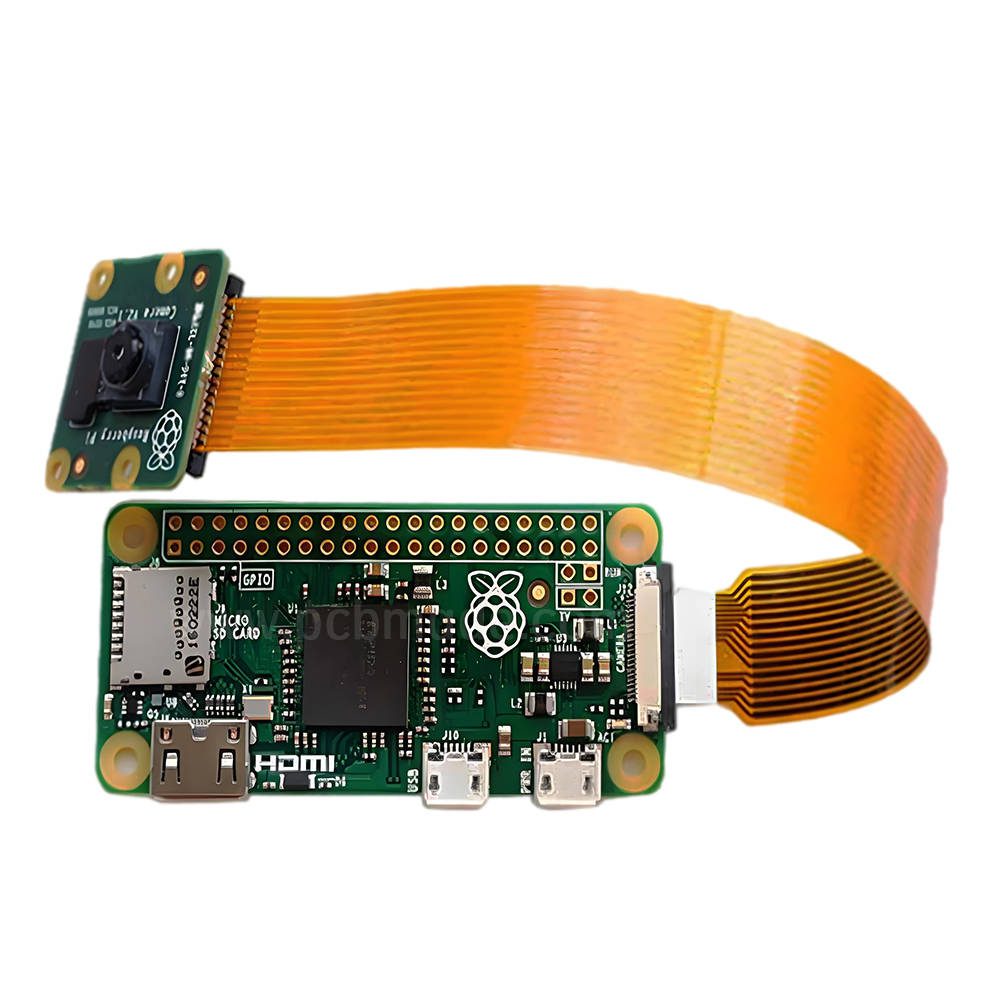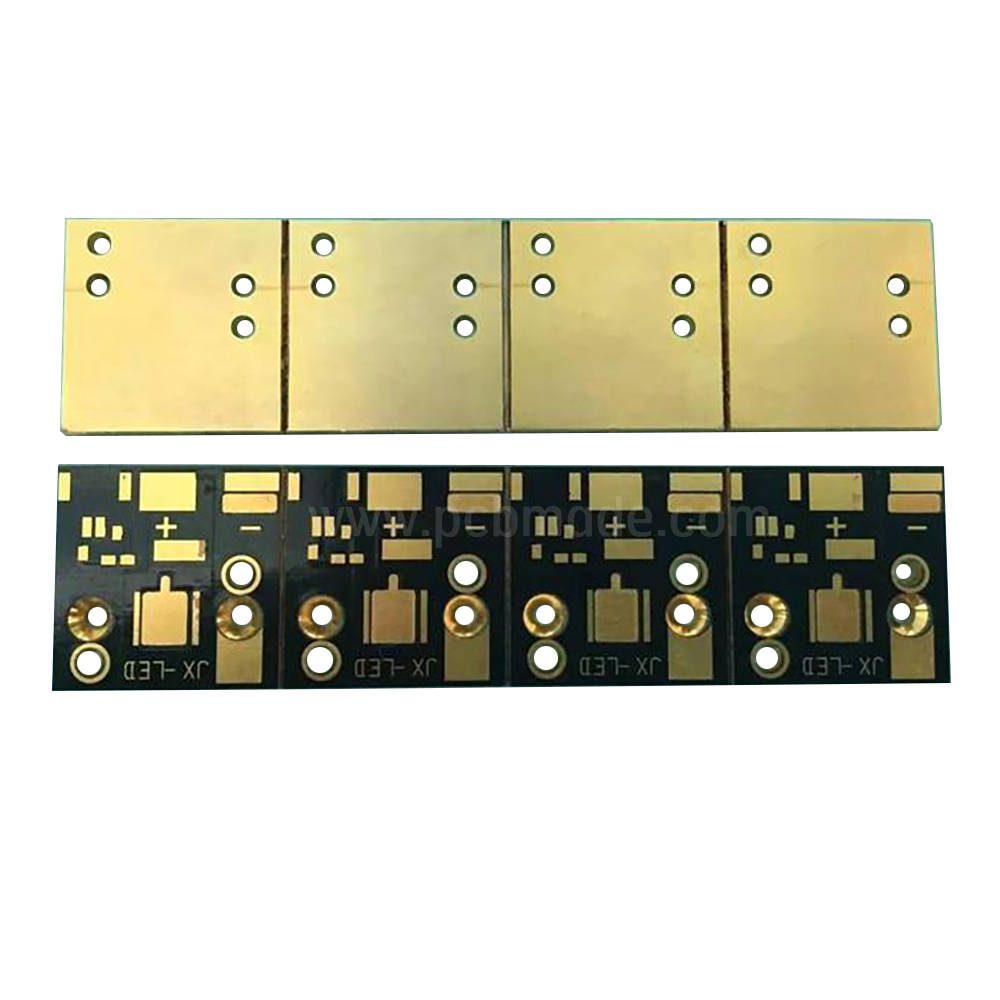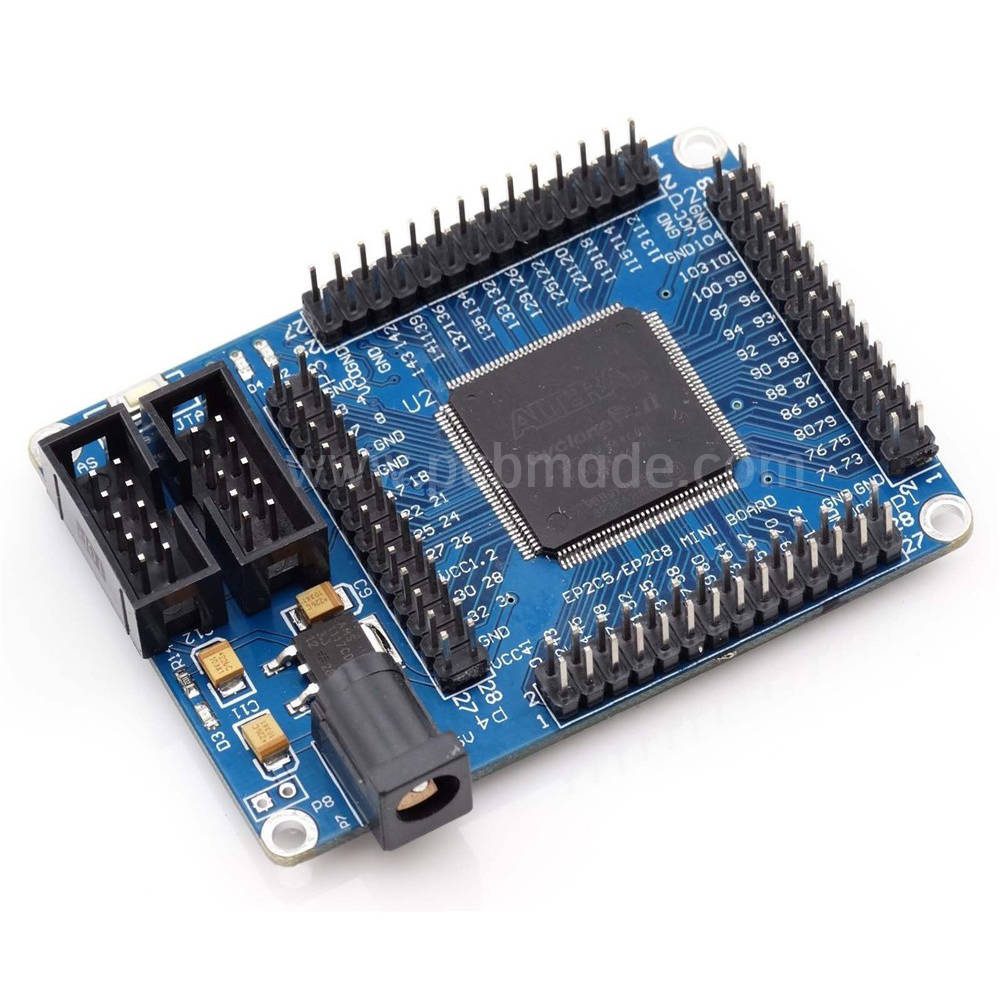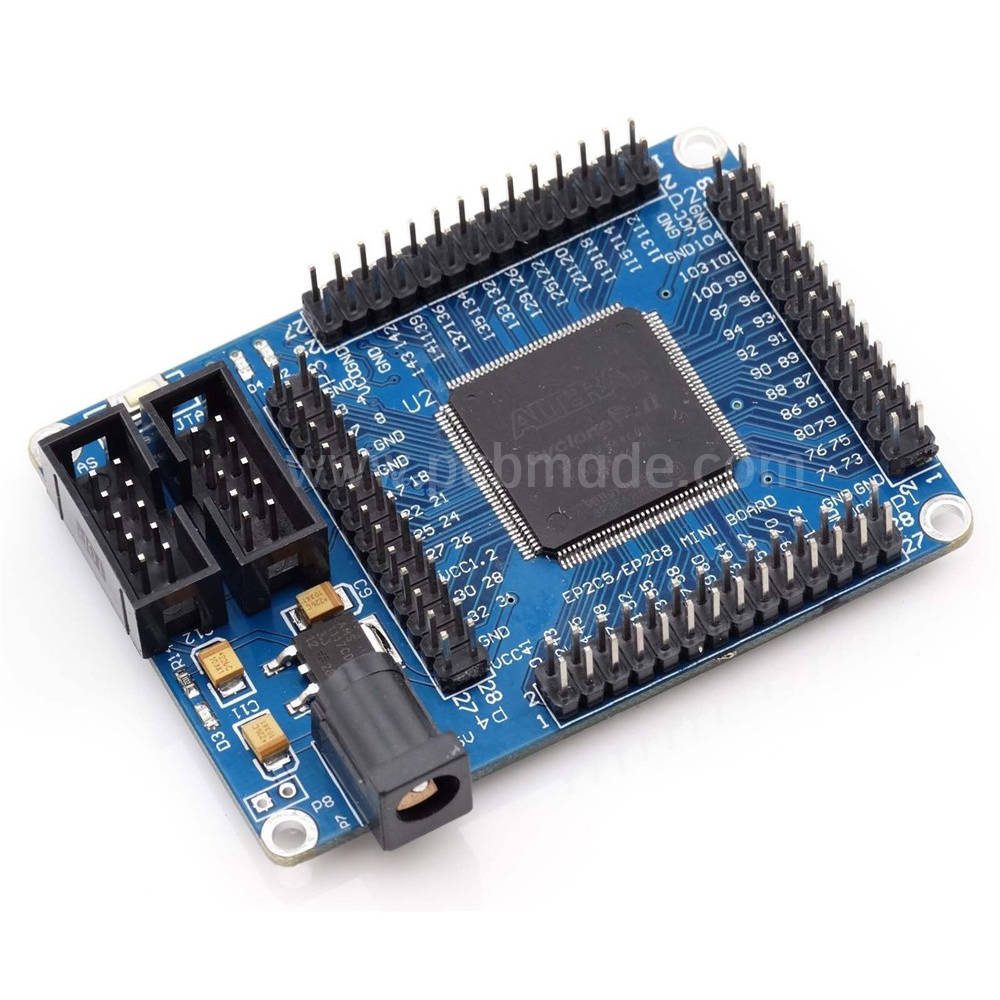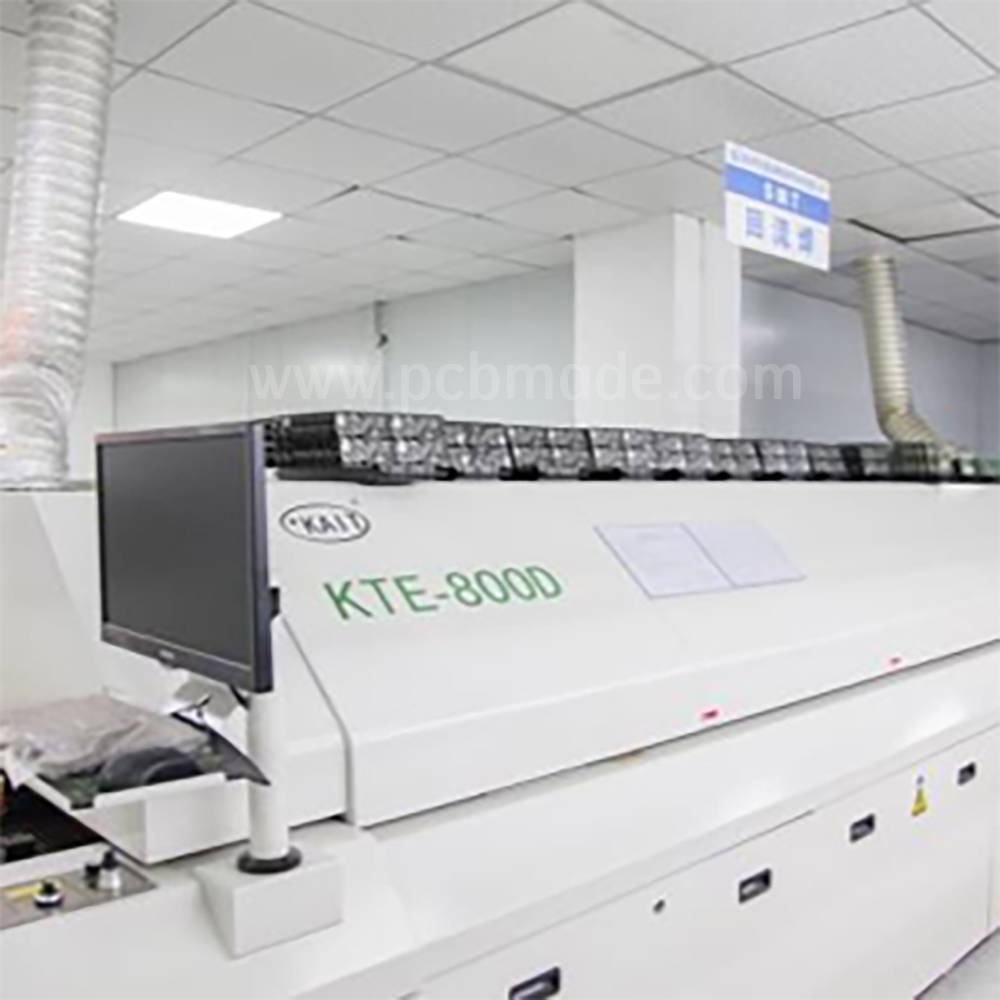Multilayer flexible circuit board is a commonly used connecting device in electronic devices, which has the following advantages and limiting factors.
advantage:
1. High space utilization: Multilayer flexible circuit boards can effectively utilize space and achieve higher density layouts by stacking circuit layers together, making them suitable for scenarios that require a large number of circuits.
2. Good bending performance: Compared with rigid circuit boards, multi-layer flexible circuit boards are made of flexible substrates, which have good bending performance and can adapt to complex assembly requirements, improving product flexibility and reliability.
3. Lightweight and Thin Thickness: Multi layer flexible circuit boards use thin flexible substrates, which are lighter in weight and thinner in thickness compared to rigid circuit boards, which helps to reduce the overall weight and volume of the product.
4. Good signal transmission performance: The multi-layer flexible circuit board adopts a stacked circuit design, which can reduce the loss and interference of signal transmission, and improve the stability and reliability of signal transmission.
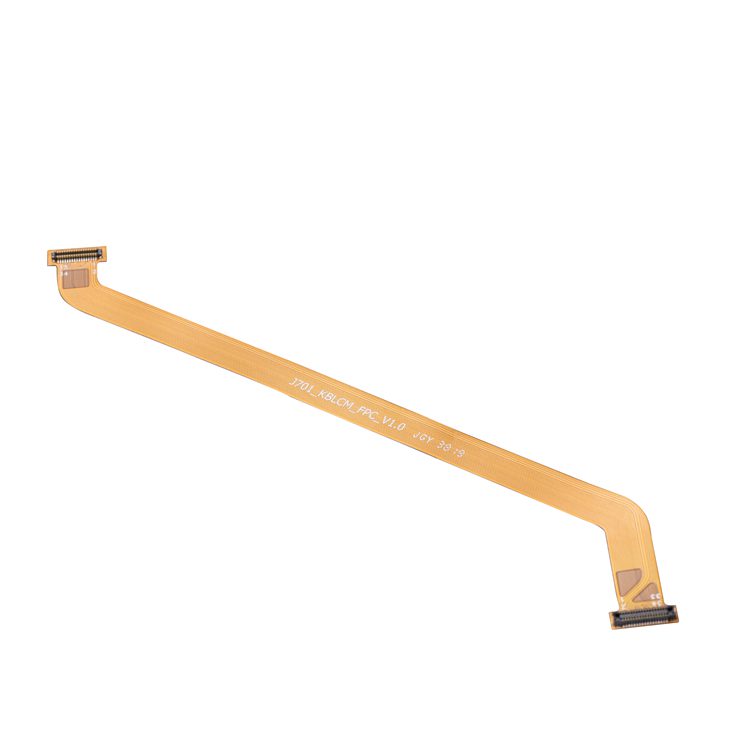

Restrictive factors:
1. High cost: Compared with rigid circuit boards, the manufacturing process of multi-layer flexible circuit boards is more complex, requiring the use of special materials and equipment, resulting in higher costs.
2. Environmental impact: Due to the characteristics of flexible substrates, multi-layer flexible circuit boards are sensitive to environmental factors such as temperature and humidity, and require attention to environmental control and protection during use.
3. Maintenance difficulty: The structure of multi-layer flexible circuit boards is relatively complex, and once a fault or damage occurs, it is relatively difficult to repair and may require replacing the entire circuit board.
In summary, multi-layer flexible circuit boards have many advantages in electronic devices, including high space utilization, good bending performance, lightweight design, and excellent signal transmission performance. However, it also has limitations such as high cost, environmental impact, and difficulty in maintenance. Therefore, when choosing to use multi-layer flexible circuit boards, it is necessary to comprehensively consider their applicability and cost-effectiveness.




